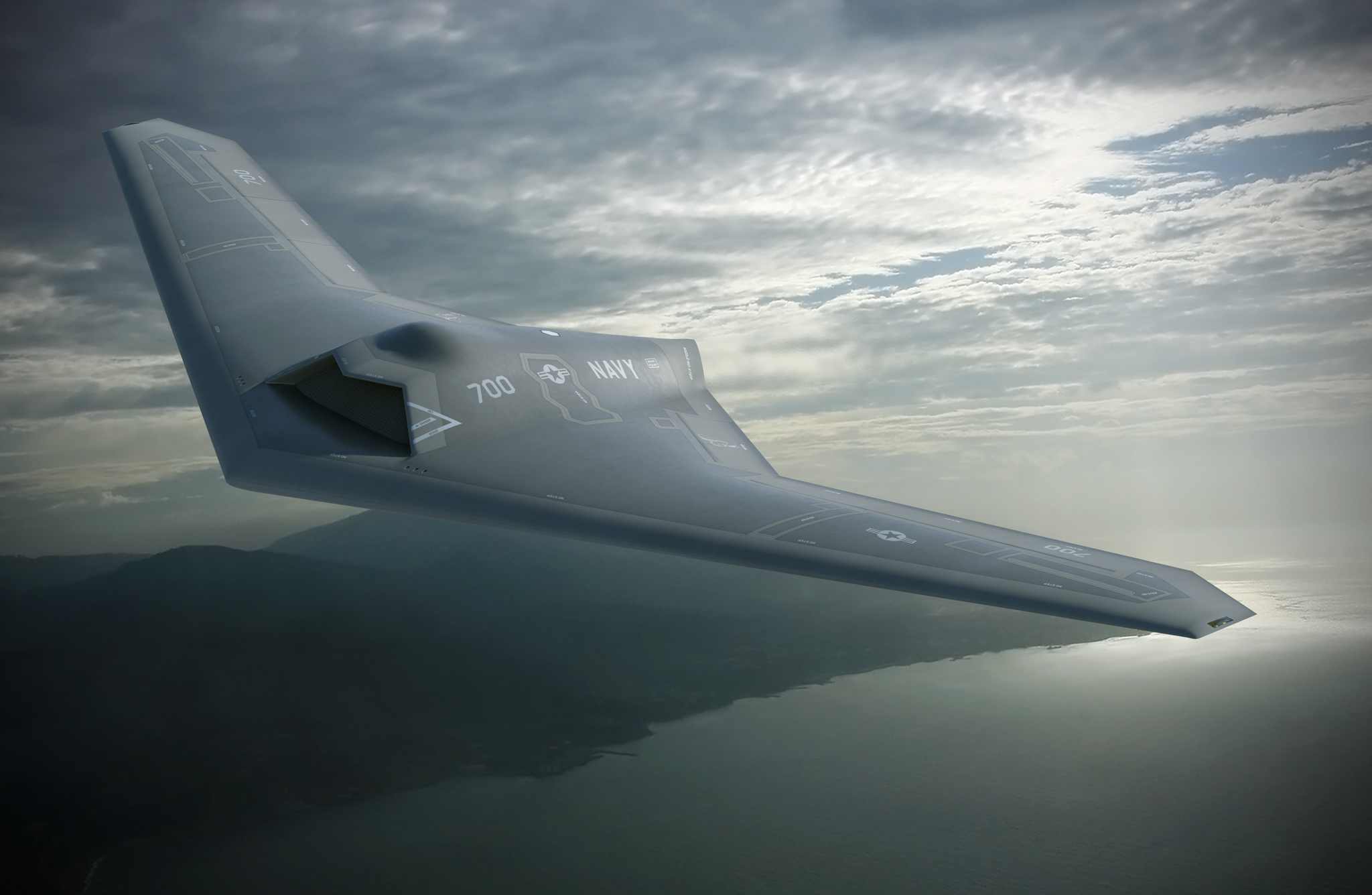
Skunk Works Head: Navy Should Consider A Flying Wing Design for MQ-XX Stingray
ARLINGTON, Va. — To meet the Navy’s new set of requirements for its unmanned MQ-XX Stingray carrier tanker, the service…
Copyright 2024 U.S. Naval Institute. All Rights Reserved.